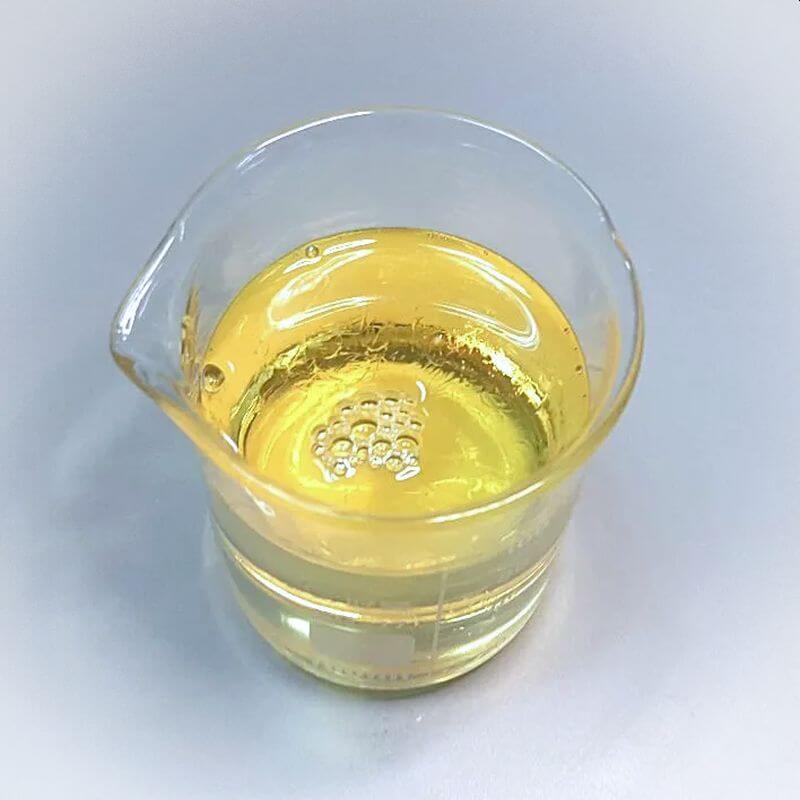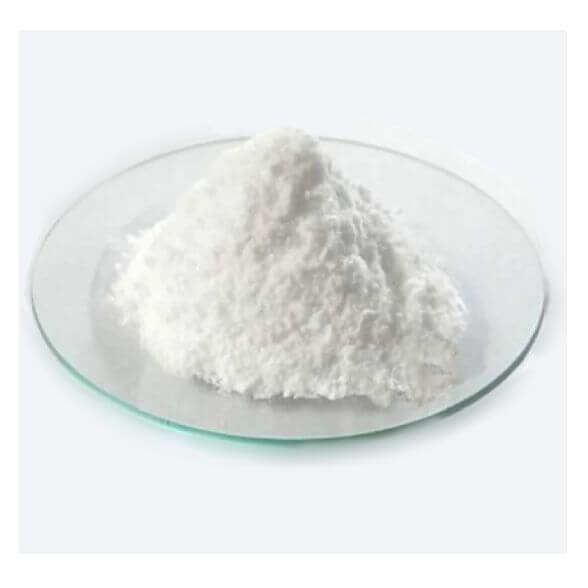Cocamidopropyl Betaine
₦1,500.00 – ₦11,000.00
Description
Cocamidopropyl Betaine is a foaming ingredient (surfactant) with good cleansing and foaming properties. It’s used in the formulation of shampoos, liquid soaps, bath washes, hand washes, baby products and more.
INCI Name: Cocamidopropyl Betaine
Other Names: CAPB (short for Cocamidopropyl Betaine), Coco Betaine, foaming agent, foam booster
Ingredient Type: Foaming Agent/ foaming ingredient
Function: Amphoteric Surfactant; Co-Surfactant
Derived From: Coconut oil
Appearance: Thin Liquid; Clear yellow to golden colour
Smell: Faint to no odour
Texture: Soap-like slippery feel
Smell: Soapy/ detergent smell
Solubility: Water-soluble
Usage Rate: 4 to 40%
Storage: Store in a tightly sealed container, away from heat and cold
Shelf Life: 1 and half years (18 months)
Formulation Notes – Cocamidopropyl Betaine Usage Rate and Guide:
- PH Range: 5 to 6
- Amphoteric surfactant
- ASM (Active Surfactant Matter): 30% to 32% ASM content
- Cocamidopropyl Betaine doesn’t lather well when used alone/ on its own. Therefore, it’s commonly used in combination with other surfactants
- Is used as a secondary/ co-surfactant during formulation of cleansing products. It supports other surfactants to help make the entire surfactant blend milder, stabilize the lathering and improve flash foam
- It is used to support other surfactants – helps improve lathering and thickness of the formulation/ final product
- Helps thicken some surfactant blends due to its Sodium Chloride content
Common Uses of Cocamidopropyl Betaine (in Formulation)
Here are examples of types of products that you’ll find Cocamidopropyl Betaine on their ingredient labels:
- Shampoos and conditioners
- Baby soaps
- Hand washes
- Bath washes, bath gels
- Face Cleansers
Properties and Benefits of Cocamidopropyl Betaine
- Very mild secondary/ co-surfactant
- Has good cleansing and foaming properties, and so is also useful as primary surfactant
- Has moderate emulsifying properties
- Excellent conditioning properties
- Compatible with other surfactants including anionic, non-ionic, cationic surfactants
- Mild Viscosity Enhancer: Cocamidopropyl Betaine slightly enhances the viscosity of the formulation
Cocamidopropyl Betaine vs Coco Betaine
Cocamidopropyl Betaine (CAPB) is not the same thing as Coco Betaine. They are completely different ingredients, although some people refer to Cocamidopropyl Betaine as Coco Betaine. They just have similar names. According to experts at ChemistsCorner, ‘Coco Betaine’ is Cocamidopropyl Betaine’ minus the “-amidopropyl” part of the molecule.






Reviews
There are no reviews yet.